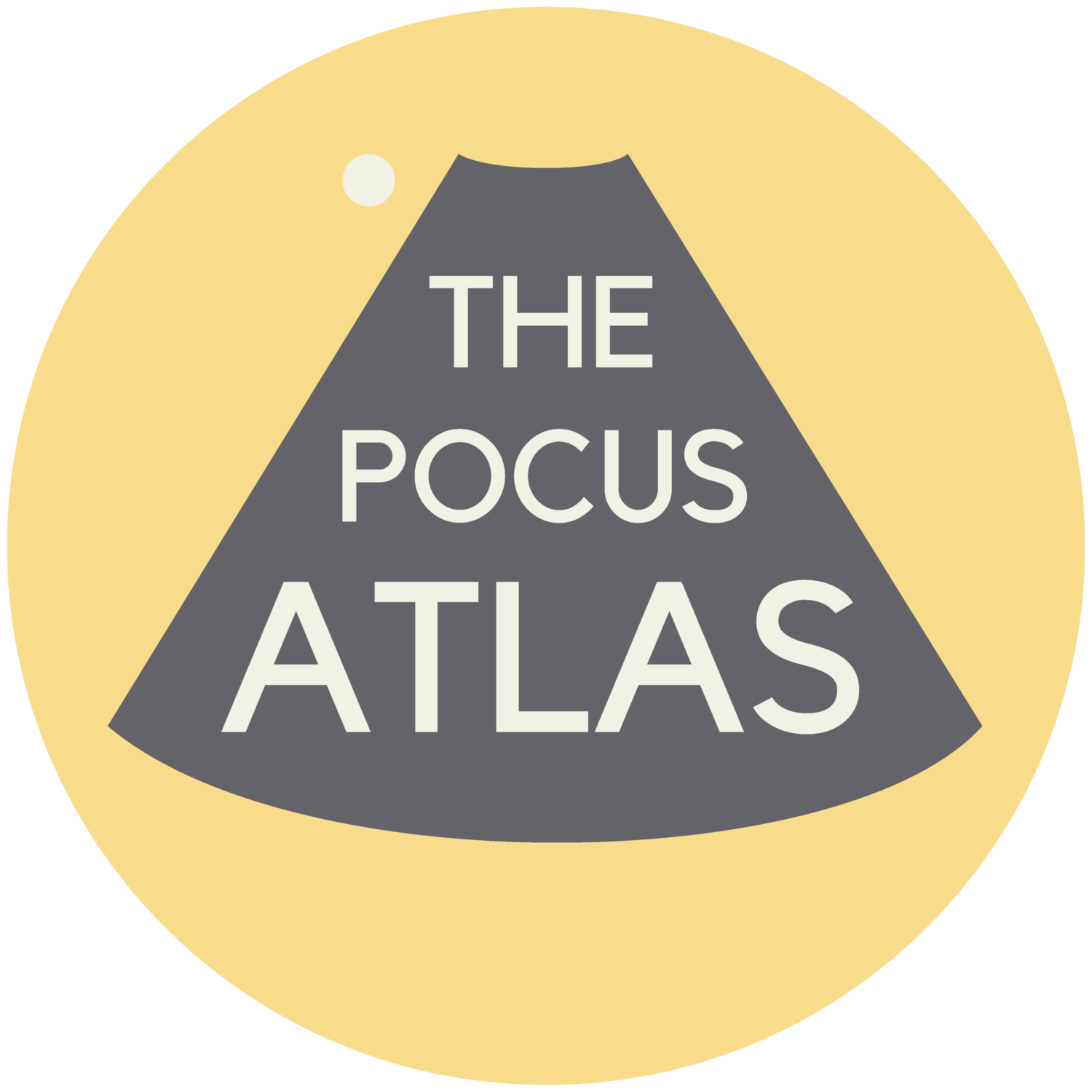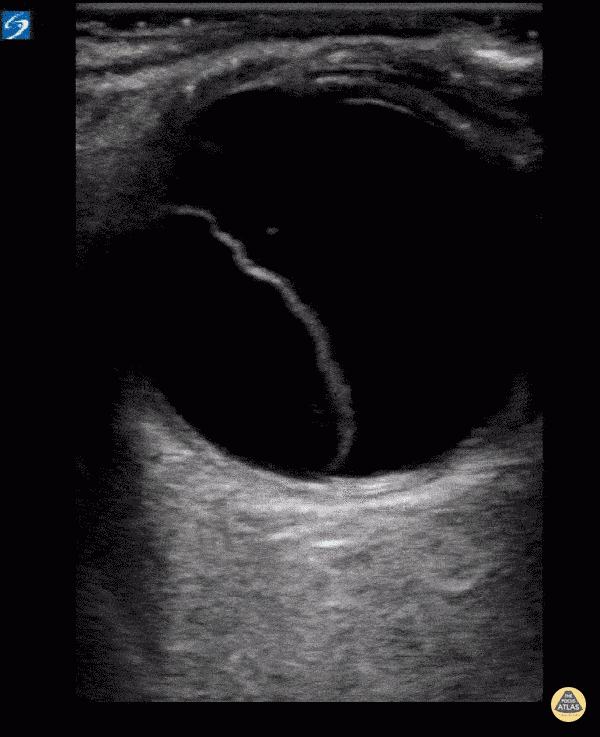What are likelihood ratios (LRs)?
The image above is a graphical representation of how to think about likelihood ratios. A positive likelihood ratio of 2 should increase your probability of disease (resulting in your post test probability) by 15%, 5 by 30% and 10 by 45%. Likewise a negative likelihood ratio of 0.5 should decrease your probability of disease by 15%, 0.2 by 30% and 0.1 by 45%.
Direct excerpt from The NNT:
Likelihood ratio (LR), pretest probability and posttest probability are daunting terms that describe simple concepts that we all intuitively understand.
Let's start with pretest probability: that's just a fancy term for my initial impression, before we perform whatever test it is that we're going to use.
For example, a patient with prior stents comes in sweating and clutching his chest in agony, I have a pretty high suspicion that he's having an MI – let's say, 60%. That is my pretest probability.
He immediately gets an ECG (known here as the "test") showing an obvious STEMI.
Now, I know there are some STEMI mimics, so I'm not quite 100%, but based on my experience I'm 99.5% sure that he's having an MI right now. This is my posttest probability - the new impression I have that the patient has the disease after we did our test.
And likelihood ratio? That's just the name for the statistical tool that converted the pretest probability to the posttest probability - it's just a mathematical description of the strength of that test.
Using an online calculator, that means the LR+ that got me from 60% to 99.5% is 145, which is about as high an LR you can get (and the actual LR for an emergency physician who thinks an ECG shows an obvious STEMI).


